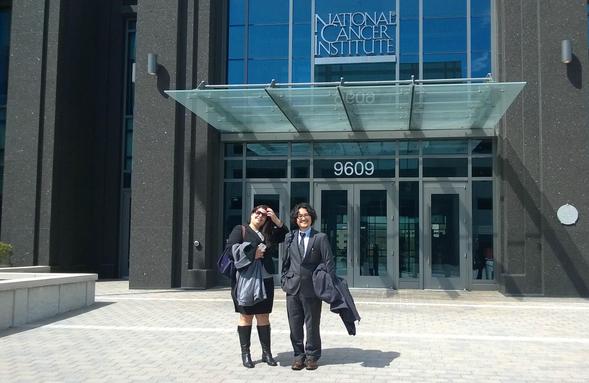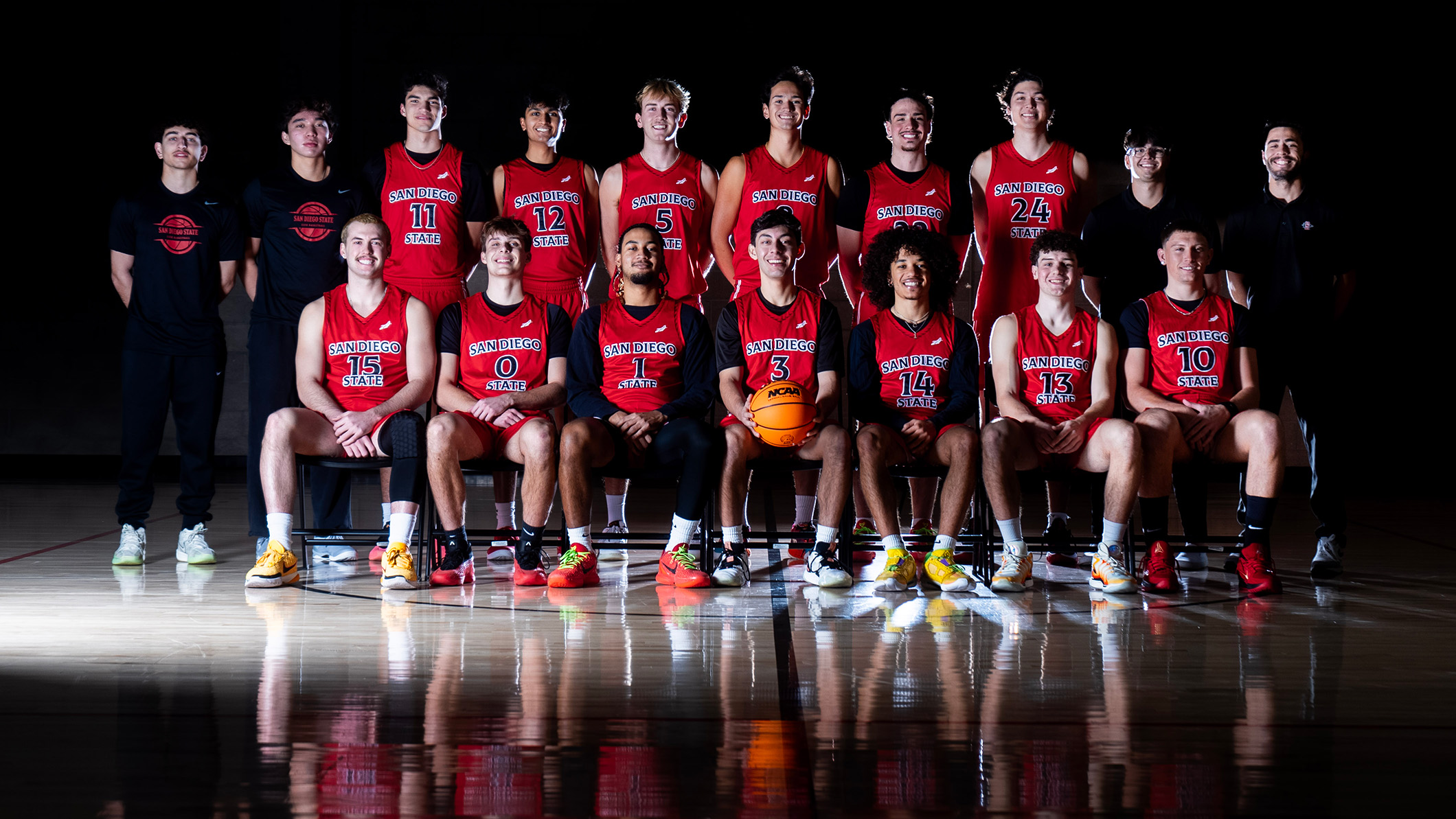Grant-writing U
SDSU's GREW Fellowship offers early-career researchers hands-on, practical advice for securing grants and connecting with funding agencies.

“Before, it felt like applying for research grants was like playing the lottery.”
It takes more than simply having a great idea to win a research grant. There are a lot of very good research proposals out there and not nearly enough money to fund them all. Over the course of their tenure, seasoned researchers acquire a bevy of tricks and proven strategies—grantsmanship, as it’s known—to help them compete among their peers for limited funding opportunities.
This competition can make it especially difficult for young investigators to get their foot in the door and fund the early research portfolio around which they’ll build their careers. A new program at San Diego State University seeks to put these young faculty members on more even footing by giving them a crash course in advanced grantsmanship.
The Grants and Research Enterprise Writing (GREW) Fellowship is a 6-week course offered to around a dozen primarily junior faculty members each semester. It began in Fall 2014 and is funded by SDSU’s Office of Graduate and Research Affairs.
“We’ve learned that excellent science and great writing just isn’t sufficient anymore to build a successful research program,” said John Crockett, research project development director for the SDSU Research Foundation and director of the GREW program. “This program provides an opportunity for faculty to think about their research agendas strategically and even add some tools and techniques to improve their grant-getting, not just grant writing.”
Tools of the trade
The program comes with a small stipend and covers a range of topics that benefit early-career researchers, such as creating an individual development plan, learning the layout of the federal funding landscape, tips for writing research proposals and holding mock study sections to gain insight into how reviewers assess proposals.
At the end of the GREW program, some participants travel to Washington, D.C., to meet with reviewers from the country’s two largest federal funders of scientific research, the National Institutes of Health (NIH) and the National Science Foundation (NSF), as well other agencies such as the Department of Energy and the Office of Naval Research.
Melody Schiaffino, an epidemiologist and health services researcher in SDSU’s Graduate School of Public Health, was a GREW fellow in Fall 2014. Before attending the program, she had concerns about her ability to find funding for her work.
“The funding landscape right now is awful, dismal,” she said.
After attending GREW workshops, traveling to Washington this past March and meeting with program officers at NIH and NSF, she’s more confident. Schiaffino has three grant proposals in progress at the moment. For two of them, she was even able to meet the program officer at NIH who will be reviewing the proposals, which allowed her to further refine her ideas.
Schiaffino was also inspired by her experience to become an Early Career Reviewer for NIH, which will allow her to sit in on and learn from actual proposal review sessions.
“You get to see what the powerful grants look like and what the study sections are looking for,” she said.
Career fast-forward
SDSU geographer Atsushi Nara also was a Fall 2014 GREW fellow and echoed Schiaffino’s sentiment.
“In the GREW program, I realized how much I didn’t know about proposals and the review process,” Nara said.
Like Schiaffino, Nara was able to meet with program officers at NIH and NSF and discuss his ideas with them. As a result of these discussions, he is currently working on a proposal that would be funded by a collaborative NIH-NSF program.
Both Nara and Schiaffino agreed that they’re more secure in their ability to win funding and start productive careers after being GREW fellows. The two are even collaborating on a couple of proposals together. They encouraged other early-career researchers to apply to the program and take the opportunity seriously.
“Before, it felt like applying for research grants was like playing the lottery,” Schiaffino said. “Now I feel I have a chance. This fast-forwarded me a few years.”
If you are interested in becoming a GREW Fellow, please visit the GREW Fellowship website for more information.



